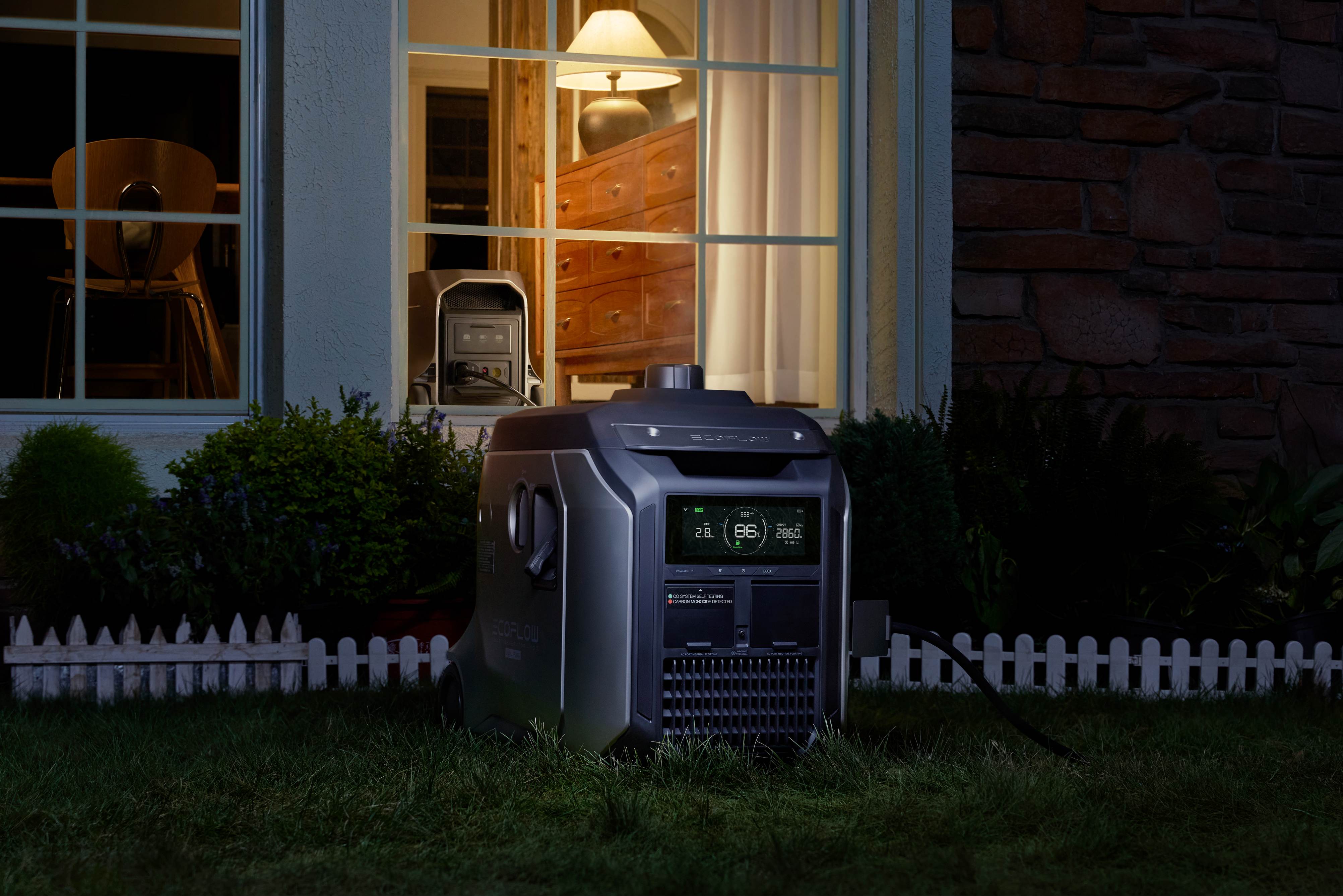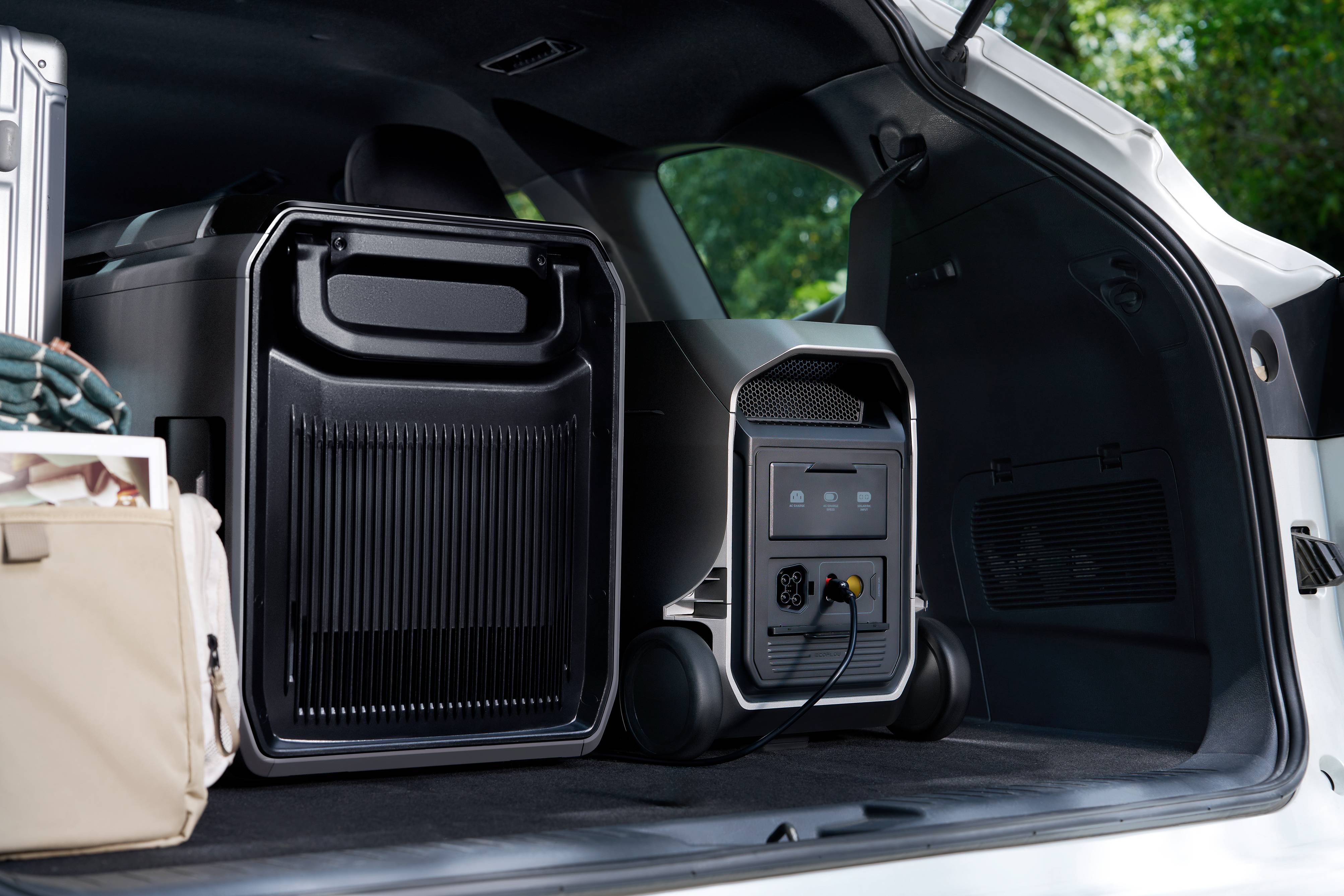Your Pre-Winter Playbook for Maximum Home Energy Efficiency
- Why Your Home Needs a Pre-Winter Energy Checkup
- How to Build an Effective Thermal Envelope Around Your Home
- Essential Heating System Maintenance and Backup Power Planning
- The Critical Balance Between Humidity and Fresh Air
- Strategic Interior Adjustments for Better Energy Performance
- Water Heating and Dryer Efficiency Improvements
- Investment Levels for Every Budget and Expected Returns
- Your Winter-Ready Home Awaits
Winter hits hard when you're unprepared. Those first utility bills of the season can shock even seasoned homeowners, but a few strategic moves in the weeks ahead can change that story entirely. The right preparations now mean cozy rooms and manageable heating costs all winter long.
Why Your Home Needs a Pre-Winter Energy Checkup
Most homes leak energy like a sieve, especially older ones. You might not notice it during mild weather, but once that furnace starts running constantly, every gap and crack becomes a dollar sign on your utility bill. The good news? Finding and fixing these problems isn't rocket science.
Start with the obvious culprits. On the next breezy winter day, run your hand along window frames, door edges, and electrical outlets on exterior walls. That freezing air you feel? That’s money escaping into the cold. Check where pipes enter your home, around ceiling fixtures, and anywhere two different materials meet—wood and brick, siding and foundation, chimney and roof—to keep winter drafts at bay.
Your attic tells its own story. Pull down that access ladder and take a look. If you can see the joists clearly through thin insulation, you've found problem number one. Modern standards call for 10-14 inches of fluffy insulation up there. Anything less means heat rises right through your roof all winter.
Those utility bills sitting in your drawer contain valuable clues too. Many power companies now include comparison charts showing how your usage stacks up against similar homes nearby. If you're using significantly more energy, that gap represents savings waiting to happen.
How to Build an Effective Thermal Envelope Around Your Home
Your house needs layers of protection against winter, just like you do when heading outside. Each layer serves a purpose, and they work best together. Miss one, and the others have to work overtime.
The Art of Air Sealing
Air leaks account for massive energy waste, yet fixing them costs pennies on the dollar compared to other upgrades. The trick lies in knowing where to look and which materials work best for each situation.
Start big. That attic hatch might as well be an open window if it lacks proper weatherstripping. Recessed lights in cathedral ceilings leak warm air directly into the attic unless properly sealed. Where plumbing pipes disappear into walls, gaps often exist that a mouse could squeeze through—and if a mouse can fit, air certainly can.
Weatherstripping comes in dozens of varieties, but you only need to know three types. Adhesive-backed foam works great for irregular gaps. V-strip seals double-hung windows effectively. Rubber or vinyl strips handle doors that see heavy use. Buy quality materials—the cheap stuff fails within a season.
Caulk fills the permanent gaps. Clear or paintable acrylic latex handles most interior jobs. Silicone works better for areas that get wet. For really big gaps around pipes or vents, expanding foam does the trick, though it's messy if you're not careful.
Don't forget the bottom of doors. A $10 door sweep stops more cold air than you'd expect. If daylight shows under your door, you need one yesterday.


Smart Insulation Strategies
After sealing the leaks, insulation becomes your best friend. But not all insulation jobs offer equal returns, so prioritize wisely.
Your attic provides the biggest bang for your buck. Heat rises—basic physics—so that's where most escapes. Blown-in insulation works better than batts because it fills odd spaces and flows around obstacles. Most contractors can complete an attic in half a day, and you'll notice the difference immediately.
Walls present trickier challenges but deliver substantial rewards. If your home predates 1980, chances are those walls contain little or no insulation. Modern contractors drill small holes between studs, blow in dense-pack cellulose or fiberglass, then patch and paint. The whole process causes minimal disruption while transforming your comfort level.
Basements and crawl spaces often get ignored, yet they're responsible for cold floors and chilly first-floor rooms. The rim joist—that band of wood sitting on top of your foundation—leaks tremendous amounts of energy. A combination of rigid foam board and spray foam creates an effective barrier that pays for itself quickly.
Essential Heating System Maintenance and Backup Power Planning
Your furnace or heat pump carries a heavy load all winter. A little attention now prevents those middle-of-the-night breakdowns when temperatures plummet and repair technicians charge emergency rates.
Furnace Care Basics
Annual professional maintenance isn't optional—it's essential. Technicians clean burners, check heat exchangers for cracks, test safety switches, and measure efficiency. This $100-200 investment prevents most emergency breakdowns while keeping your system running at peak efficiency. Schedule it now, before the first cold snap sends everyone scrambling for appointments.
Filters need monthly attention during heating season. A clogged filter makes your system work 15% harder, wasting energy and stressing components. Buy a season's worth now. Set phone reminders. Make it automatic. Your furnace and wallet will thank you.
Modern thermostats pay for themselves through savings. Programmable models drop temperatures while you're at work or sleeping, saving 10% without sacrificing comfort. Smart thermostats go further, learning your routines and adjusting automatically. Some utility companies offer rebates that cover most of the cost.
Power Outage Protection
Ice storms and blizzards knock out power when you need heat most. While generators provide whole-house backup, portable power stations offer targeted protection at a fraction of the cost. The DELTA 3 Ultra Plus (3072 Wh) delivers 3.6kWh of capacity with 4,500W output—enough to run your furnace blower, some lights, and essential appliances through extended outages. For homes with heat pumps or modern furnaces that need electricity for ignition, this backup becomes invaluable during winter emergencies.
The Critical Balance Between Humidity and Fresh Air
Winter air holds less moisture than summer air—it's why your skin gets dry and static shocks become common. But managing indoor humidity involves more than just comfort. The right balance helps you feel warmer at lower temperatures, saving energy while preventing problems.
Keep humidity between 30-50%. Below 30%, you'll feel cold even at higher temperatures, plus experience uncomfortable dryness. Above 50%, windows fog up and mold becomes a risk. A simple hygrometer from the hardware store monitors levels.
Kitchen and bathroom exhaust fans remove moisture but also suck out expensively heated air. Run them just long enough to clear steam, then shut them off. If your home feels desert-dry despite minimal fan use, a whole-house humidifier attached to your furnace maintains ideal levels automatically.
Strategic Interior Adjustments for Better Energy Performance
Your furniture placement and window treatments significantly impact heating efficiency. Small changes here create noticeable improvements without spending a dime.
Window Treatment Tactics
Windows lose heat two ways—through the glass itself and around the frames. You can't replace the physics, but you can minimize the damage.
South-facing windows become heating allies on sunny days. Open those curtains wide and let solar energy warm your rooms naturally. Once the sun sets, heavy curtains or insulated shades create barriers against nighttime heat loss. It's free energy management at its finest.
Storm windows cut heat loss nearly in half. If full storm windows exceed your budget, interior plastic film kits create similar insulating air pockets for about $5 per window. They're not pretty, but they work.
Cellular shades offer the best of both worlds—attractive appearance with serious insulating power. Their honeycomb structure traps air, creating multiple insulating layers. They cost more than regular blinds but less than heating wasted energy all winter.
Furniture and Rugs
Your couch blocking a heating vent? That's forcing your furnace to work harder. Walk through each room and ensure vents and radiators have clear space to circulate air properly.
Pull furniture away from exterior walls where possible. Those walls stay coldest, making nearby seating uncomfortable. Creating even six inches of space improves comfort noticeably.
Area rugs over hard flooring provide insulation and warmth underfoot. They're especially effective over concrete basement floors, tile, or hardwood. Focus on high-traffic areas and spaces where people spend time—living rooms, bedrooms, home offices.


Water Heating and Dryer Efficiency Improvements
Your water heater runs year-round, but winter demands often increase with longer, hotter showers. Simple adjustments here yield immediate savings.
First, check the temperature setting. Anything above 120°F wastes energy and risks scalding. Most heaters ship set to 140°F, so this adjustment alone saves money. Older units benefit from insulation blankets that reduce standby losses by 25-45%. Wrap the first several feet of hot water pipes too—especially in unheated spaces.
Clothes dryers work overtime when outdoor drying isn't possible. Clean that lint filter before every single load—no exceptions. A clogged filter extends drying time dramatically. Once yearly, check the outdoor vent. Lint builds up there too, forcing your dryer to work harder. Running back-to-back loads takes advantage of retained heat, reducing overall energy use.
Investment Levels for Every Budget and Expected Returns
Energy improvements don't require massive investments. Start where you're comfortable and build from there.
Shoestring Budget ($50-200): Weatherstripping, caulk, door sweeps, and window film deliver surprising results. These DIY projects require basic tools and an afternoon's work. Expect 5-10% reduction in heating costs—not bad for a dinner-out budget.
Moderate Investment ($500-2000): Implementing professional HVAC maintenance, upgradting attic insulation, using a programmable thermostats, and installing storm doors create significant comfort improvements. Many utilities offer rebates or financing. These improvements typically cut bills by 15-25%.
Major Upgrade ($2000+): Wall insulation, high-efficiency furnaces, and quality replacement windows transform your home's performance. While requiring substantial investment, these improvements slash heating costs by 30-40% or more. They also boost home value and comfort dramatically.
Your Winter-Ready Home Awaits
Winter preparation isn't about perfection—it's about progress. Each improvement, from a simple door sweep to comprehensive insulation upgrades, moves you toward a more comfortable, efficient home. Start with the easy wins like air sealing and filter changes. Add insulation where accessible. Upgrade systems as budgets allow.
Equipment like the DELTA 3 Ultra Plus (3072 Wh) ensures your improved heating systems keep running during power outages, protecting your investment in comfort. The combination of efficiency improvements and emergency preparedness creates genuine peace of mind. The time to act is now, while the weather's still mild and contractors have availability. Your future self will appreciate the warmth and savings all winter long.